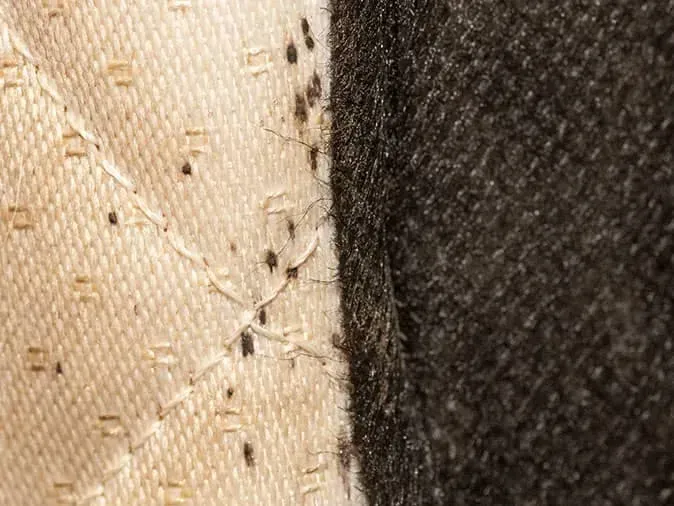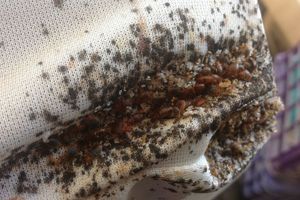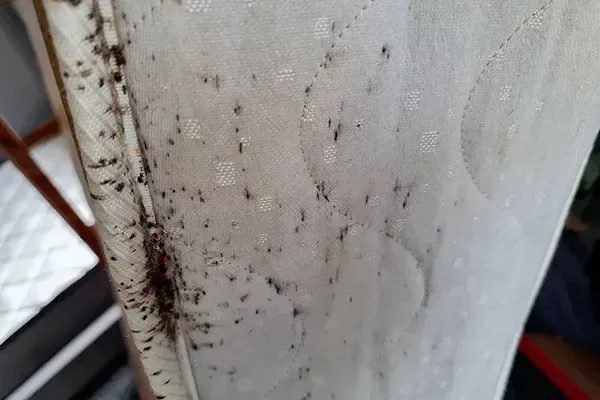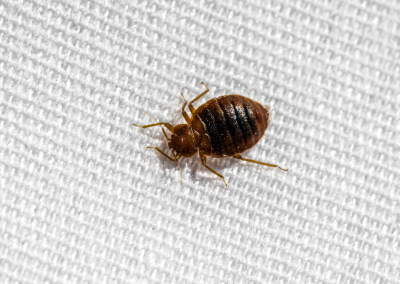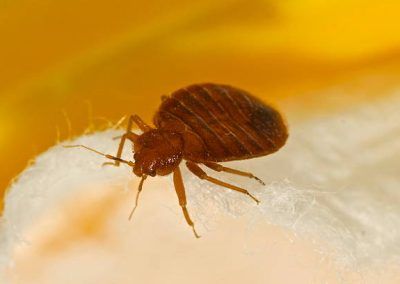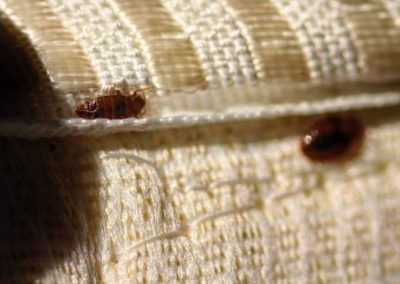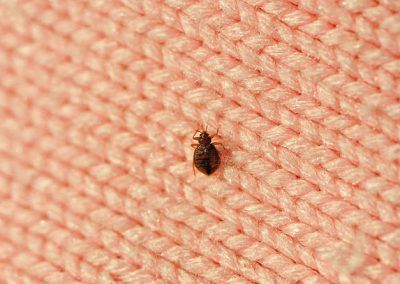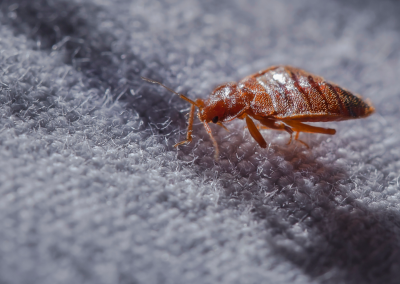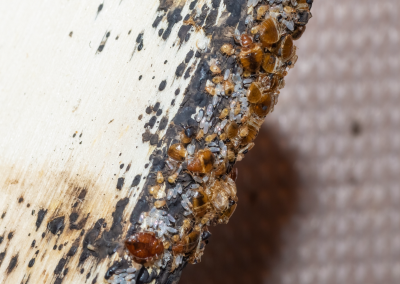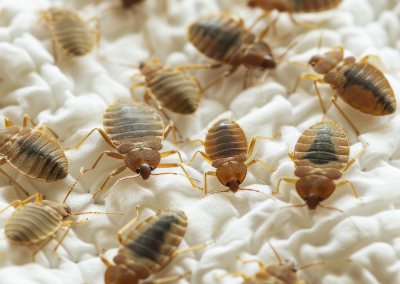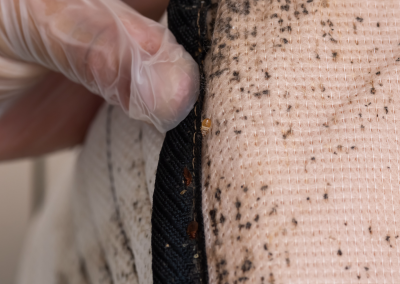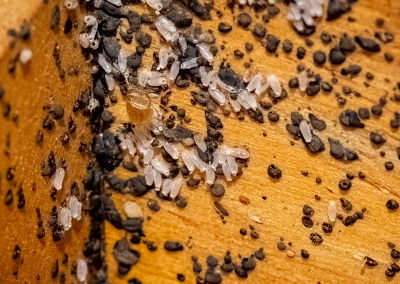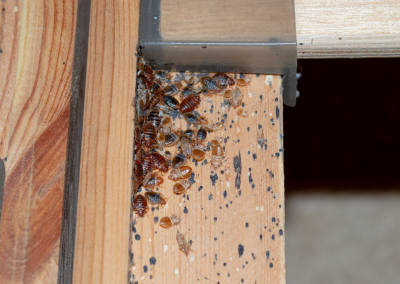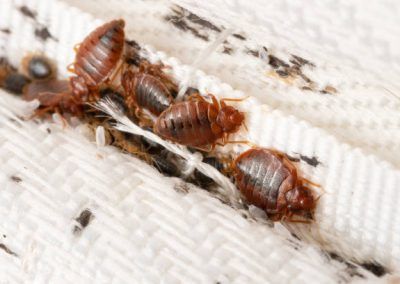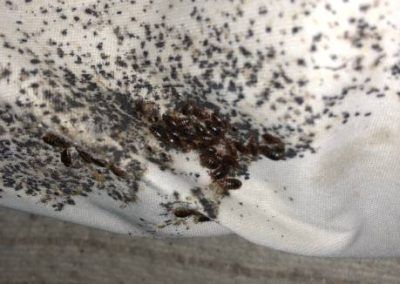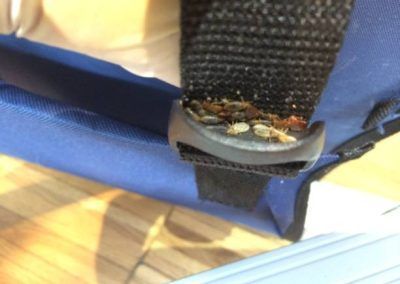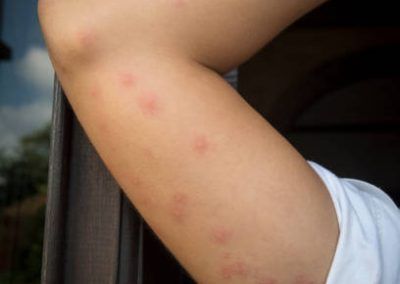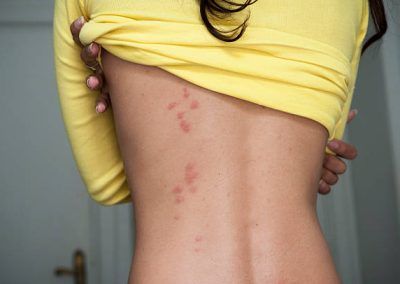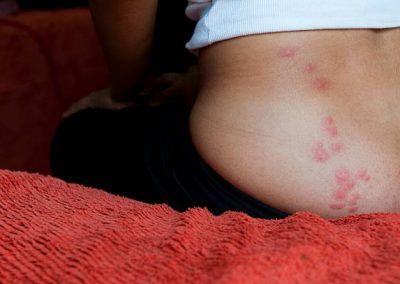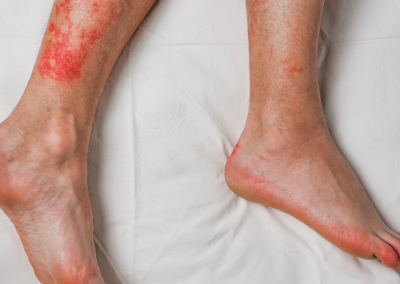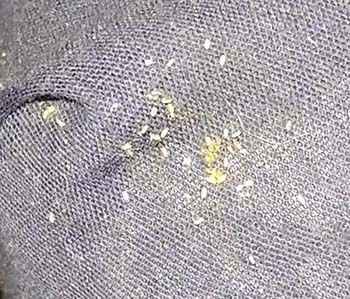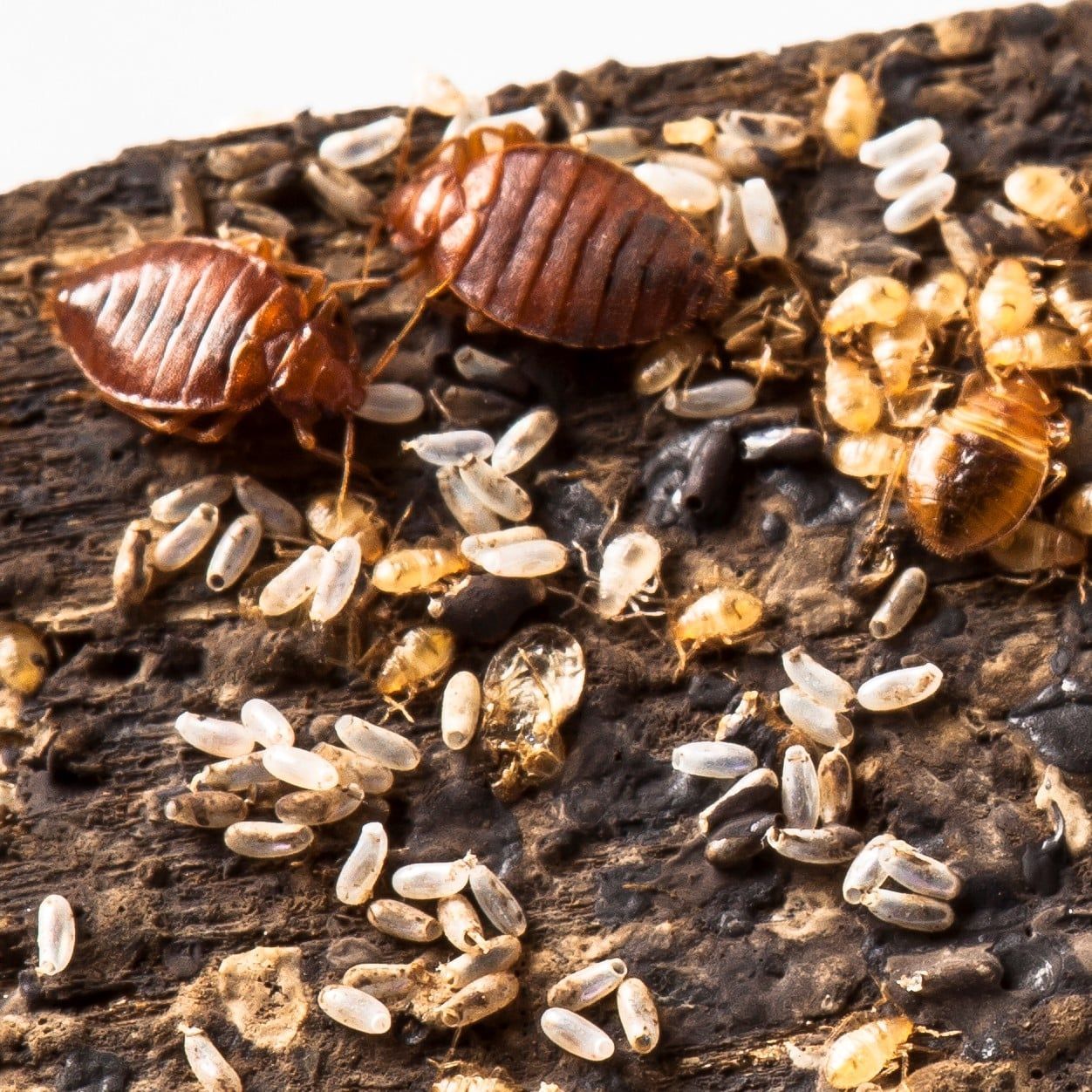What Do Bed Bugs Look Like?
What Do Bed Bugs Look Like?
Identifying bed bugs can be tricky, especially when they're hiding in your home furniture or on mattresses. So, what do bed bugs really look like? Let’s break it down, so you can spot these pests before they become a bigger problem.
To assist you in recognizing these elusive critters, Rye Pest Solutions proudly offers an extensive library of bed bug photos. If you’ve confirmed the presence of bed bugs, don’t hesitate to
Contact Us for your pest control needs. Our mission is to empower you with the knowledge and tools you need to reclaim the comfort and safety of your home or business.
Bed Bug Identification
Bed bugs are small, oval-shaped insects. Adult bed bugs are about the size of an apple seed and have a reddish-brown color. They have six legs, two antennae, and a flat, broad body that becomes more rounded after feeding. But their appearance can vary based on their life stage and whether they've recently had a meal.
Table of Contents
- What do bed bugs look like?
- Bed Bug Identification
- What do Bed Bugs Look Like on Mattresses?
- Bed Bug Color and Size
- What do Newborn Bed Bugs Look Like?
- How Big is a Bed Bug?
- Pictures of bed bugs
- Photos of bed bugs around the house
- What do bed bug bites look like?
- What do Bed Bug Eggs Look Like?
- How to Stop Bed Bugs
- Contact Us
What Do Bed Bugs Look Like on Mattresses?
If you're inspecting your mattress, look for tiny, rust-colored bugs. You might also spot dark spots or smears, which are bed bug droppings. These pests like to hide in seams, folds, and cracks of the mattress. A close-up bedbug photo will often show these details, especially when magnified. They are small, but visible to the human eye if you look carefully.
Bed Bug Color and Size
Bed bugs can appear in a range of colors. Newborn bed bugs are nearly clear, while adults are reddish-brown. If you see a dark-colored bug, you may wonder, "Are bed bugs black?" While they aren't truly black, their bodies may appear darker if they've recently fed or because of the feces visible through their translucent skin.
Size also plays a role in identifying them. A typical adult bed bug is roughly 4-5 millimeters long—comparable to the size of an apple seed. Nymphs are much smaller, around the size of a pinhead. If you're looking for bed bugs on your mattress or furniture, you may need to examine closely, as they can easily be missed due to their size.
What Do Newborn Bed Bugs Look Like?
Newborn bed bugs, also known as nymphs, are much smaller and almost transparent, making them harder to spot. After feeding, however, they turn bright red because of the blood in their bodies. You may need to use a flashlight to notice them on lighter surfaces, but even a picture of bed bugs at this stage shows their pale, ghost-like appearance.
How Big Is a Bed Bug?
An adult bed bug is only about the size of an apple seed—roughly 4-5 millimeters long. Despite their small size, they’re easily visible once you know where to look. Whether you’re checking your mattress, bed frame, or furniture, spotting these pests early can save you from a full-blown infestation.
Frequently Asked Questions
How can I tell if it's a bed bug?
Bed bugs have distinctive characteristics: a reddish-brown color, six legs, two small antennae, and a body that can appear flat and circular or more oval, depending on their feeding status. Our library of bed bug photos can help you visually compare and identify bed bugs at various stages of their lifecycle.
What do bed bugs look like at different stages of their life?
Bed bugs undergo several stages in their lifecycle, from egg to adult. Eggs are tiny and white, nymphs are smaller and lighter in color, and adults are reddish-brown.
Can bed bugs be white or clear?
Yes, bed bugs can appear white or clear, especially after molting or before they have fed. This color change is typically seen in younger bed bugs (nymphs) or eggs.
What should I do if I find bed bugs in my home?
If you suspect or confirm a bed bug infestation in your home, it’s important to act quickly. Rye Pest Solutions offers a comprehensive guide on how to effectively eliminate bed bugs. We also provide professional consultation and services to ensure a thorough resolution.
Are bed bugs dangerous?
While bed bugs are not known to transmit diseases, their bites can cause itching, allergic reactions, and discomfort. Moreover, their presence can lead to stress and sleep disturbances. Addressing an infestation promptly is crucial for your health and peace of mind.
How can I prevent bed bugs from entering my home?
Preventing bed bugs involves regular inspection of your living spaces, especially after traveling, purchasing second-hand furniture, or having guests. Use protective covers for mattresses and box springs, and maintain a clutter-free environment to reduce hiding spots for bed bugs.
When should I see a doctor for bed bug bites?
If you experience an allergic reaction, signs of infection (such as excessive swelling, warmth, pus), or if your symptoms do not improve after a week, consult a healthcare provider.
Photos of Bed Bugs Around the House
What Do Bed Bug Bites Look Like?
The most common sign of an infestation is bed bug bites. A close-up picture of a bed bug bite shows small, red, itchy welts, often in a line or cluster. Bed bugs bite exposed skin, usually during the night, and the reactions vary from mild irritation to severe allergic responses.
Pictures of Bed Bug Bites
What Do Bed Bug Eggs Look Like?
Bed bug eggs are tiny, white, and oval. They're often hidden in cracks and crevices, and while they can be hard to spot, knowing what to look for can help. A bedbug image of their eggs often shows these small clusters, which are about 1mm in size, glued to surfaces.
Stop Bed Bugs Today
Don’t wait until bed bugs take over your home. If you suspect an infestation, Contact Rye Pest Solutions today. We service all five boroughs, and parts of Westchester with fast, effective treatments to get rid of bed bugs. Let us help you take back your home from these persistent pests!
How to Contact Rye Pest Solutions

